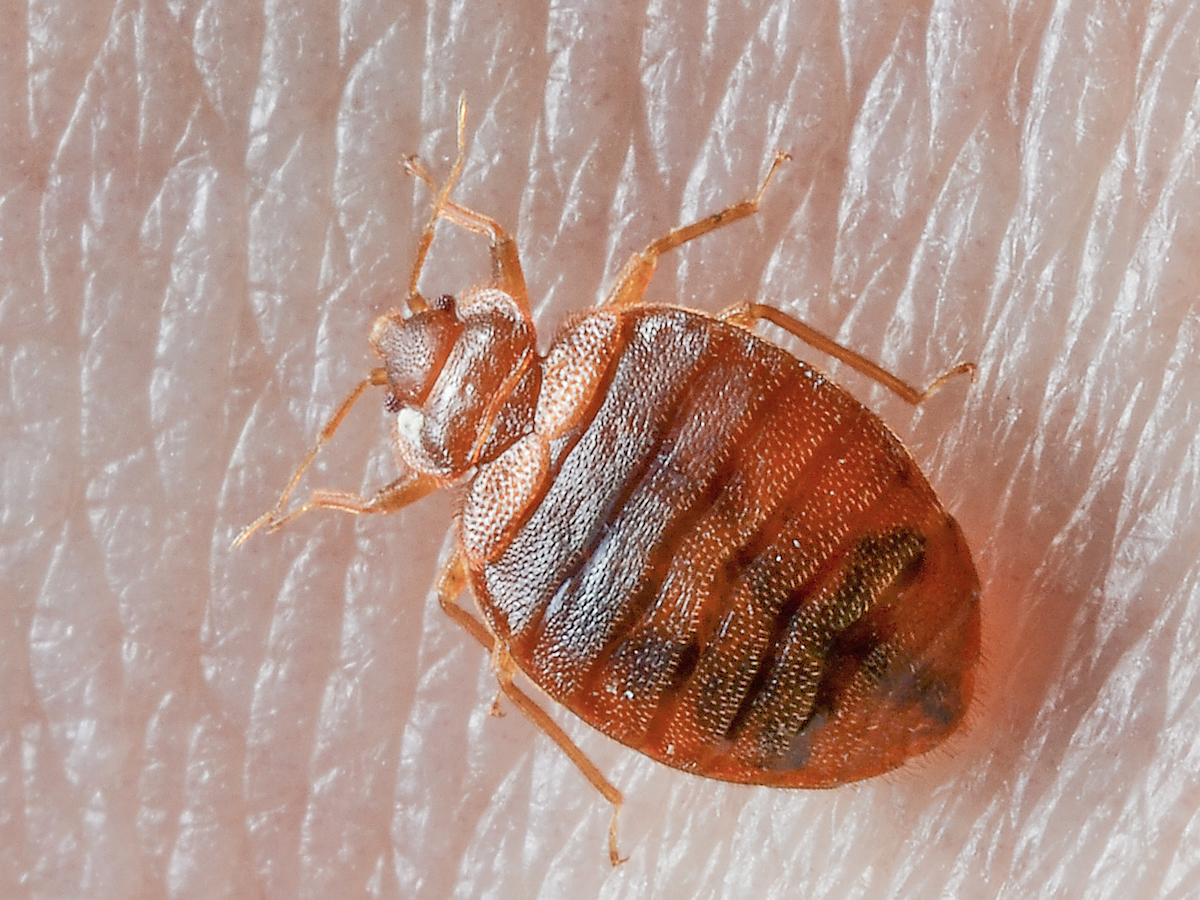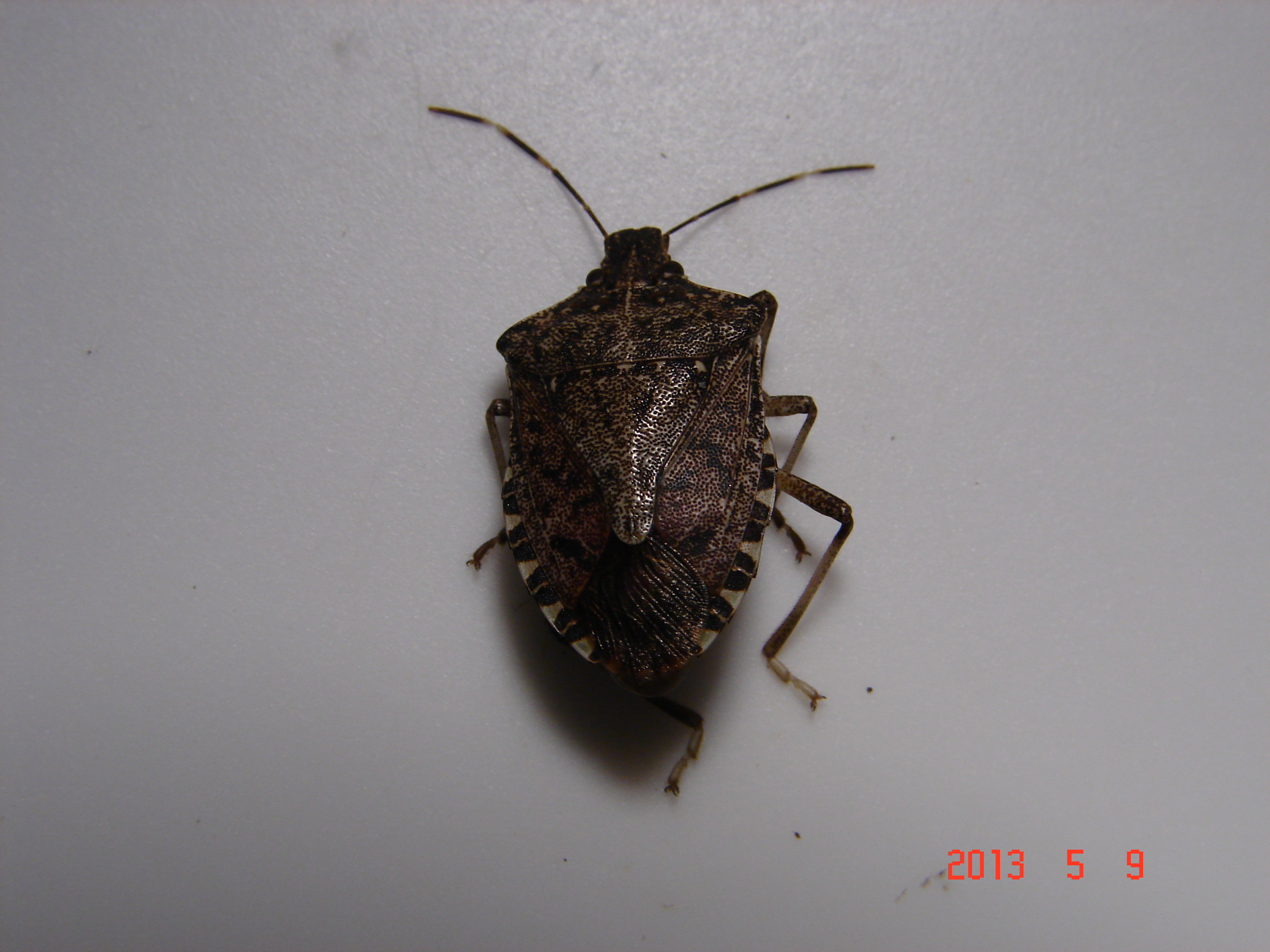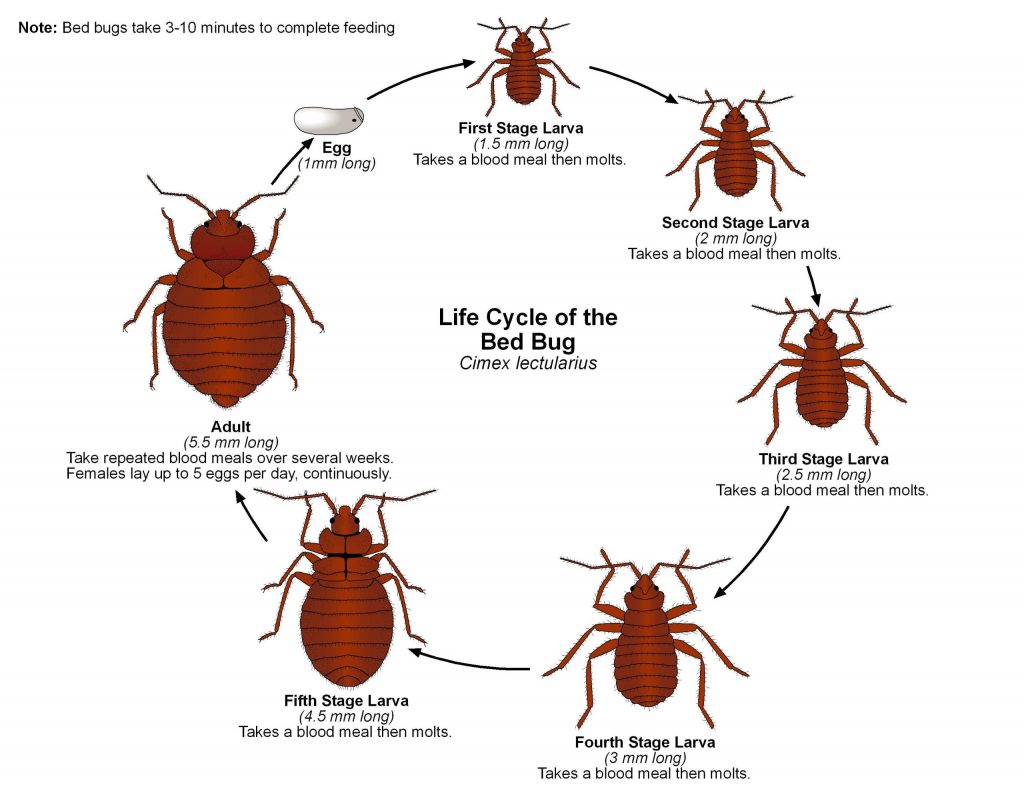As a homeowner, one of my biggest fears is having a bed bug infestation. I’ve heard horror stories of people dealing with these tiny pests, and I want to do everything I can to avoid them. One of the questions I have is: how long can bed bugs stay dormant? In this article, I’m going to explore this question in detail and provide helpful tips on how to prevent bringing bed bugs into your home.
What are Bed Bugs?

Bed bugs are parasitic insects that feed on the blood of humans and animals. They are about the size of an apple seed and are reddish-brown in color. They are most active at night and tend to hide during the day in cracks and crevices. Bed bugs are usually found in beds, mattresses, furniture, carpets, and baseboards. They can also spread from one location to another through clothes, backpacks, and other items.
Bed bug bites are usually painless, but can cause an allergic reaction in some people. Symptoms of a bed bug bite include redness, swelling, and itching. In severe cases, the bite can cause an infection.
What is Dormancy?

Dormancy is a state of suspended animation in which bed bugs are able to survive without food and water for extended periods of time. Bed bugs enter a state of dormancy when they are unable to find food and when the temperatures drop below a certain threshold. During dormancy, the bugs slow down their metabolic activity, reducing the amount of energy they require to survive.
When in a state of dormancy, bed bugs are able to survive for months or even years without feeding. The ability of bed bugs to enter a state of dormancy is one of the main reasons why bed bug infestations can be so difficult to eradicate.
Temperature

Bed bugs can survive for up to a year in a dormant state at temperatures of 46.4°F (8°C) or lower. They can withstand higher temperatures for a short period of time, but will become inactive once temperatures reach below 46.4°F. At this temperature, they won’t feed and will remain dormant until temperatures rise again.
Availability of Food

Bed bugs can also go without eating for a long time if food is scarce. They can survive without eating for up to 400 days if they have access to a blood meal. This is why bed bugs can remain dormant in the absence of a host for so long.
Humidity
Humidity also plays a role in how long bed bugs can remain dormant. Bed bugs need a relative humidity of at least 50% to remain active, so if the humidity is too low, they will become dormant. High humidity can cause bed bugs to become more active, so it’s important to keep humidity levels in check.
How to Prevent Bed Bug Dormancy
- Inspect your home regularly for bed bug activity, including the mattress and bed frame.
- Vacuum your home frequently, paying special attention to cracks and crevices, mattress seams, and box springs.
- Encase mattresses and box springs in special bed bug-proof covers.
- Check your luggage, clothing, and furniture for bed bugs when returning from trips.
- Wash and dry bedding and clothes at high temperatures.
- Keep clutter to a minimum in your home, as bed bugs like to hide in clutter.
- Seal any cracks and crevices in walls and floors.
- Seal any openings to the outside, such as around windows or doors.
- Use a bed bug interceptor, which is a trap that can be placed around your bed frame.
Treatment for Bed Bugs
Bed bugs can be difficult to eradicate, but it can be done. Treatment generally involves a combination of chemical and non-chemical methods.
Non-Chemical Treatments
- Vacuuming: Regularly vacuuming carpets, mattresses and furniture helps to remove bed bugs and eggs from the affected areas.
- Steam Treatment: This treatment involves using a steam cleaner to kill bed bugs and eggs. It is important to make sure that the steam reaches all areas of the affected area.
- Encasements: Mattress and box spring encasements are designed to trap bed bugs inside and prevent them from infesting other areas of the bedroom.
- Heat Treatment: Heat treatment is a chemical-free way to kill bed bugs and eggs. Heat treatment can be done with a professional heating system or by simply increasing the temperature in the affected area with a space heater.
Chemical Treatments
- Insecticides: Insecticides can be used to kill bed bugs and eggs. It is important to use an insecticide that is registered for use against bed bugs.
- Dusts: Dusts are a type of insecticide that can be used to treat cracks and crevices where bed bugs may be hiding.
- Fumigation: Fumigation is a method of killing bed bugs with a gas. It is a more extreme treatment and should only be used as a last resort.
It is important to note that chemical treatments should be used with caution and only according to the directions on the label. Always consult with a pest management professional when considering chemical treatments.
Frequently Asked Questions
What Triggers Bed Bugs to Emerge from Their Dormant State?
Bed bugs typically emerge from their dormant state when temperatures reach 70 degrees Fahrenheit, or when they detect the presence of a host, such as humans or animals. The presence of carbon dioxide also stimulates them to come out of hibernation. Bed bugs are attracted to heat, so they tend to emerge in higher numbers during summer.
How do bed bugs survive in a dormant state?
Bed bugs can survive in a dormant state for long periods of time by entering into a type of hibernation known as diapause. This process involves the bed bug reducing its metabolism and activity levels, as well as its need for food, water, and oxygen. Bed bugs can remain in this state for months without food or water and can survive extreme temperatures and other environmental conditions. They are also able to survive for long periods of time without a host, making them difficult to eradicate.
Are there warning signs of bed bugs coming out of dormancy?
Bed bugs entering dormancy can be detected by a variety of signs. Before they enter dormancy, they will become more active, increasing their feeding frequency. This can cause an increase in bites, a telltale sign of bed bug activity. An increase in fecal spots, eggshells, and shed skins is also indicative of bed bugs coming out of dormancy. Additionally, a sweet, musty odor may be present in the area.
What can be done to prevent bed bugs from entering a dormant state?
Bed bugs can enter a dormant state when the temperature drops below 50°F (10°C). To prevent this, the environment should be kept at a consistent temperature above 50°F. Regular inspections of mattresses and furniture should be done to look for signs of bed bugs. Bed bug-proof covers should be used on mattresses and box springs. All cracks and crevices should be sealed to prevent bed bugs from entering the premises. Vacuuming regularly and thoroughly cleaning all surfaces with hot soapy water can also help reduce the chances of bed bugs entering a dormant state.
Are there any treatments that can be used to kill bed bugs during their dormant phase?
Heat treatments can be used to kill bed bugs during their dormant phase. Heat treatments involve using a professional heating system to raise temperatures in a space to at least 120 degrees Fahrenheit for several hours, which can kill all bed bug life stages. Other chemical treatments, such as insecticides, are also commonly used to kill dormant bed bugs.
Conclusion
Bed bugs can remain dormant for up to a year without feeding. While this extended period of dormancy is rare, it is possible. This means that even after a successful extermination, it is important to remain vigilant and inspect for signs of bed bugs for at least a year, as the dormant bugs may become active again. Furthermore, bed bugs are now widely resistant to many insecticides, meaning that even after multiple treatments, it’s possible for them to remain in the home. The best way to prevent and eliminate bed bugs is to use a combination of chemical treatment, heat treatment, and vacuum sealing.






